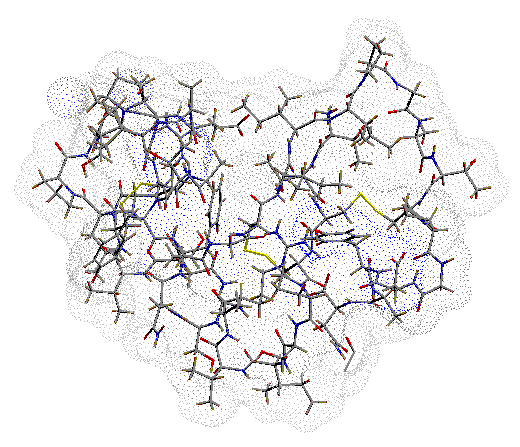
Crambin – a protein
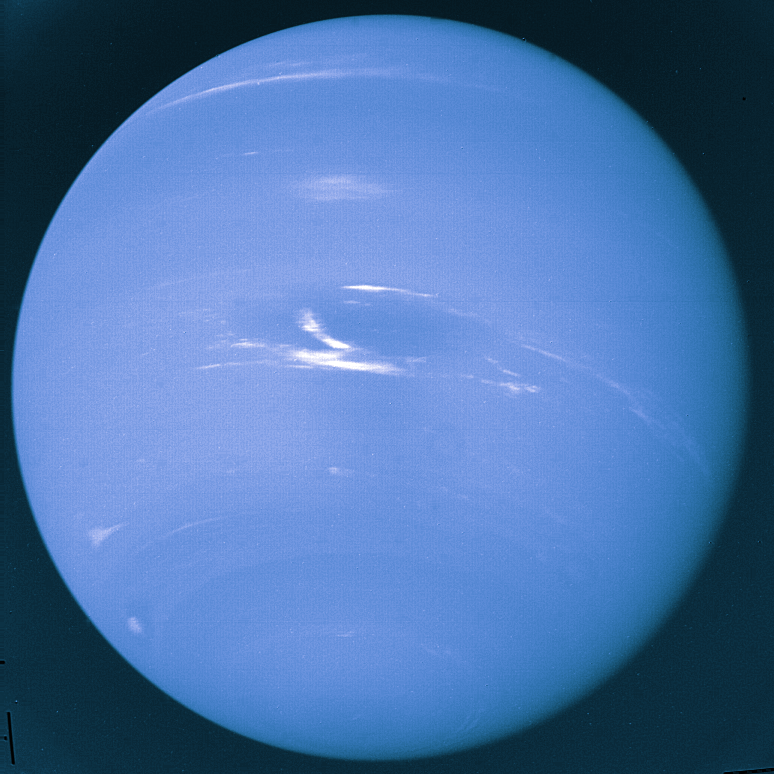
Uranus – a gas giant planet
Neutron diffraction is the
only technique able to ``see'' hydrogen and other important light elements.
It is the ideal method to study a wide range of important and common materials
like ice and ammonia. Knowledge of the positions of the atoms in systems like
these when they are compressed helps our understanding of topics as diverse
as the behaviour of proteins and the origins of the magnetic fields of planets
like Uranus and Neptune.

Crambin – a protein |

Uranus – a gas giant planet |
Until 1990, neutron diffraction was limited to pressures below 30,000 atmospheres. This was a very low pressure when compared to other structural techniques like x-ray diffraction and light-scattering which at that time were achieving pressures in excess of 1 million atmospheres. Over the past ten years a collaboration between the Edinburgh group and the group at Physique des Milieux Condensés, Université Pierre et Marie Curie in Paris has increased the pressure range for neutron diffraction by a factor of ten with the development of a novel large volume pressure cell — The Paris Edinburgh cell.
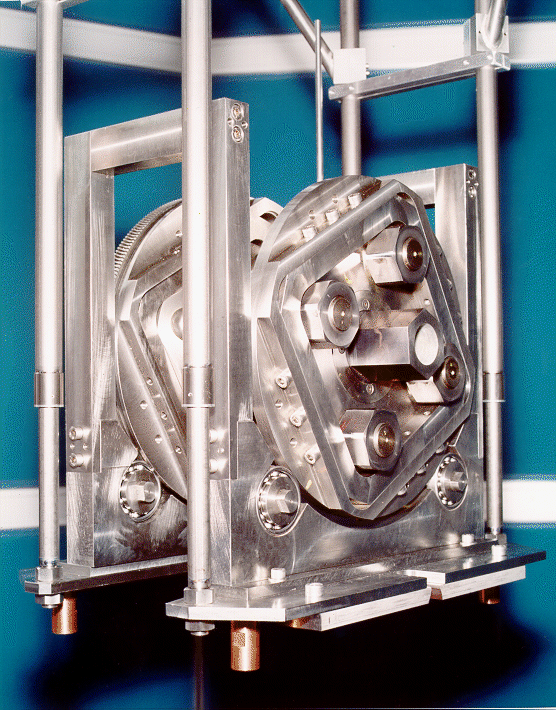
The Paris-Edinburgh cell
The cell is designed for use at the United Kingdom's pulsed neutron source, the ISIS facility, at the Rutherford Appleton Laboratory near Oxford. A recent grant to the University of Edinburgh from the Engineering and Physical Sciences Research Council has enabled the construction of a dedicated set-up for high pressure, HiPr on the PEARL beamline.
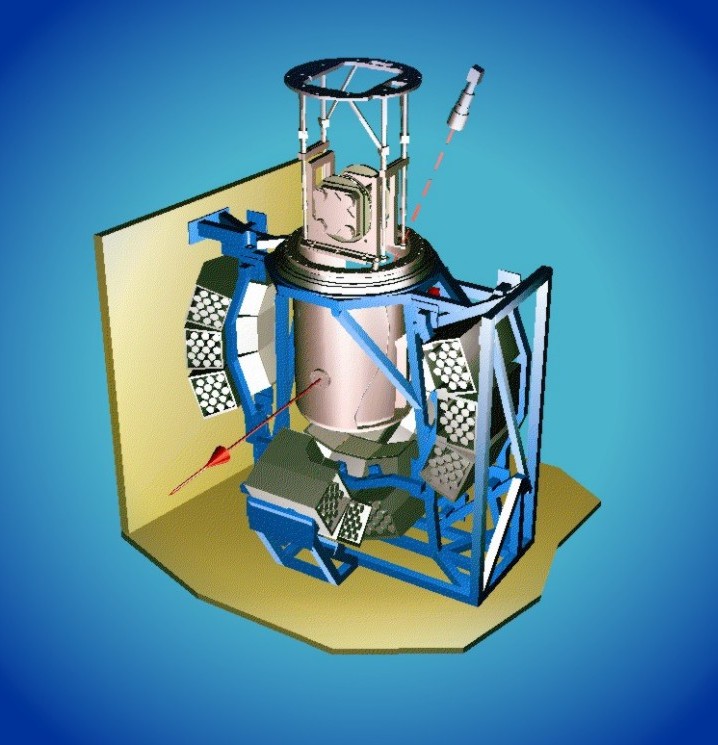
HiPr – the high-pressure diffractometer on the PEARL beamline
Our science programme includes studies of fundamental ices like ice, ammonia, methane and hydrogen sulphide; hydrogen-bonded solids like sodium , potassium and cobalt hydroxides; novel electronic materials like boron carbide. Most recently we have started a programme of study of molecular mixtures including studies of ammonia and methane hydrates.
Our group consists of Richard Nelmes, John Lovedayand Malcolm Guthrie
from Edinburgh who are all based at Rutherford Appleton Laboratory and Michel
Besson, Stefan Klotz and Gerard Hamel in Paris.
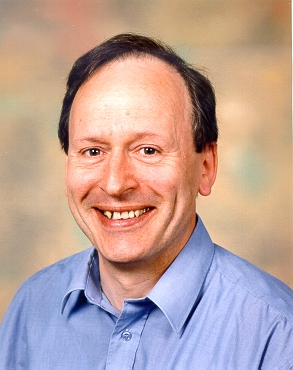
|
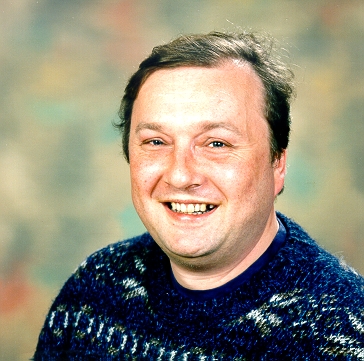
|
|
|
|
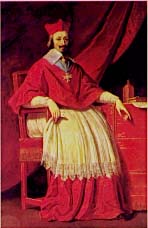
|

|
|
|
|